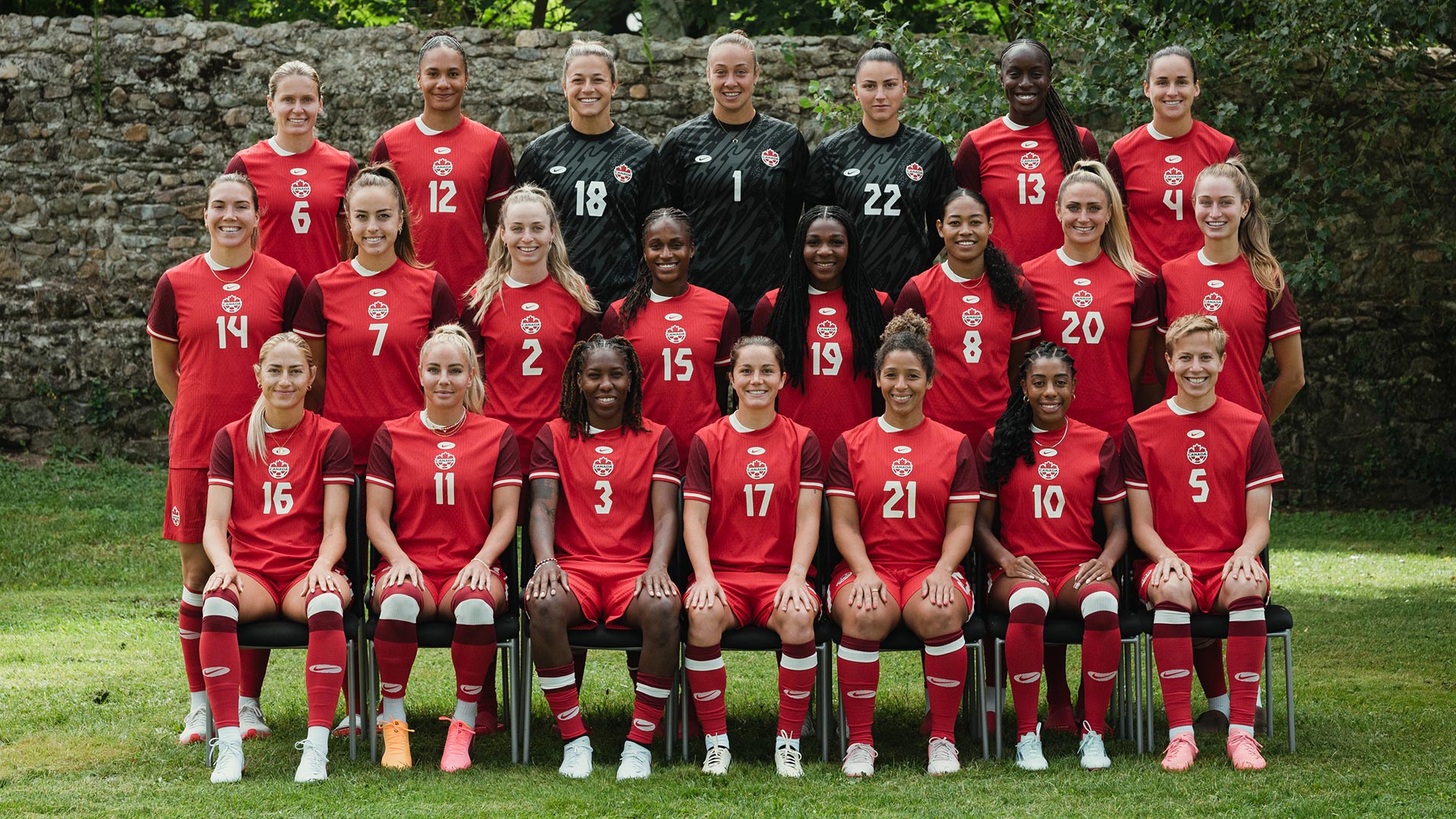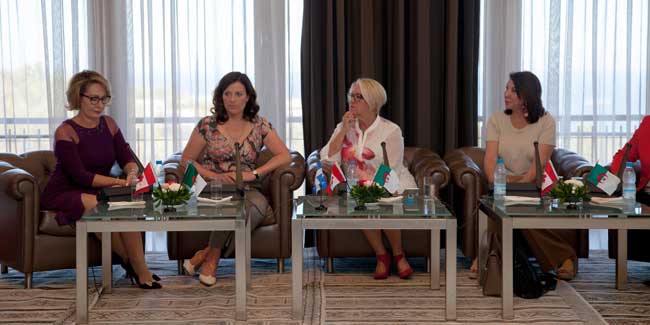The Series of the Century isn’t the only event that revolutionized hockey in 1972. Simultaneously, a dozen new North American professional teams, including the Nordiques de Québec, held their first training camp for the World Hockey Association’s inaugural season.
The effect was dazzling in both cases!
The clash with the Soviet Union made Canadians realize that they were no longer the only country producing the best hockey players in the world and that they needed to put more emphasis on physical conditioning.
The birth of the WHA allowed players to monetize their value and receive better salary terms.
Perceived as invaders
It was the first time since 1926 that a so-called major league competed with the National League, formed in 1917.
For the first nine years of its existence, the NHL contested the Stanley Cup against the champions of the Western League. But this time, the WHA’s NHL was out of the question in a final for the legendary trophy.
The world association was considered a pirate circle by the major national league.
Its best players, such as Bobby Hull, Jean-Claude Tremblay, Gerry Cheevers and Derek Sanderson, were banned from Team Canada by NHL President Clarence Campbell and NHL Players’ Association Executive Director Alan Eagleson for making the leap into the new league had.
storm in the forum
The WHA was looked down on by the NHL and its regulars. When it was announced by Dennis Murphy and Gary Davidson in 1971, many predicted the project would die in the bud.
Disbelief persisted when the League went through with its first draft in February 1972. The operation was divided into two sessions, the first in which the 12 teams chose names known to the NHL and a second, more general.
In the preliminary round, the Nordiques chose Gilles Villemure, a goalkeeper from Trois-Rivières who played for the New York Rangers, the fiery John McKenzie, the Boston Bruins’ Dale Hunter, but above all two key players of the Canadiens, center Jacques Lemaire and defender Guy Lapointe.
Suddenly it got more serious.
It stormed the second floor of the forum!
War broke out between the two organizations in Quebec. When Maurice Richard agreed to become the Nordiques’ first manager, the Canadian withdrew his two season tickets as a courtesy.
Nothing stopped the Nord in their quest for big names. They turned to Jean Béliveau, who had ruled the state capital like a monarch from 1949 to 1953.
Béliveau, who had been retired for two years, decided at 41 that it would be better for him to continue his duties as the Canadian’s vice president of social affairs.
JC makes a fortune
His refusal did not deter the Nordics.
When their general manager Marius Fortier and his right-hand man Maurice Filion got wind that Jean-Claude Tremblay wasn’t happy with his pay terms at the Canadiens, they convinced their owners to pull out all the stops to bring in the number-one defenseman at Habs.
After 13 seasons in Montreal, Tremblay earned an annual salary of $60,000. With a Sam Pollock negotiating contracts as if it were his own money, players’ bargaining power was slim.
The Nordiques offered Tremblay more than double. Salary of $140,000 per year for five years.
The Quebec team had their first star.
Lafleur, Houle and Tardif
After their first season, the Nordiques turned back to Montreal, where a trio of youngsters consisting of Marc Tardif on the left wing, Guy Lafleur in the middle and Réjean Houle on the right wing thrived.
Houle took the route to Quebec. He played there for three years and scored 51 goals in his third season before returning with the Canadiens.
After the first game of the first-round series between the Habs and the Buffalo Sabers in 1973, the Nordiques made Lafleur an offer of $2 million for 10 years, again double what the Canadians had offered him. But it was too late.
Before the meeting, Lafleur had accepted the Canadian’s proposal after pressure from Sam Pollock, who had told him he would not leave his office until he had signed the contract. His own agent, Gerry Patterson, was in cahoots with the cunning general manager.
For his part, Tardif joined his good friend Houle in Quebec after going first to the Los Angeles Sharks, who put his name on their list of target players in the 1972 draft, and then to the Michigan Stags.
Gateway to the NHL
Anyone who has witnessed the Norse epic at the WHA will tell you that it was anything but ordinary. The organization has been through thick and thin in the seven years of its existence.
In 1979 ice hockey fans finally fulfilled their big dream. The Nordiques got into the NHL.
The rivalry with the Canadian goes beyond the sporting framework. On Good Friday evening a general struggle broke out. The whole province was enchanted.
We were red or we were blue.
These were the busiest years for hockey in Quebec.

Incurable food practitioner. Tv lover. Award-winning social media maven. Internet guru. Travel aficionado.





;Composite=(type=URL,url=https://images.radio-canada.ca/v1/assets/elements/16x9/outdated-content-2013.png),gravity=SouthEast,placement=Over,location=(0,0),scale=1)

